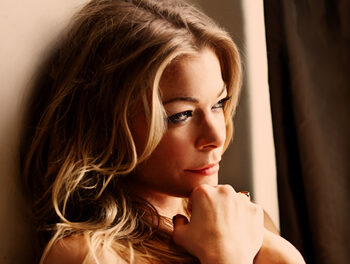When Thomas Warburton said, “I have an idea . . ,” Allen Anderson must have known that his effort might yield a successful piece. Indeed, musicians and composers have the power to create magic — in this case cinematic magic. Six works in all, three featured works were penned by composers living and working in our midst and performed on acoustic instruments — Allen Anderson and Stephen Anderson representing University of North Carolina at Chapel Hill Department of Music and Rodney Waschka II, composer and director of the concert series. Entitled “The Second Time Around,” each of the musical offerings had been recently premiered. The concert took place in the Tally Student Center ballroom on the North Carolina State University campus as part of the NCSU Arts NOW Series .
Stephen Anderson, winner of the Lionel Hampton Jazz Festival piano competition (1997), composer and pianist, is a fluent jazz performer. “Focal Point” (2008) was commissioned and performed by Brooks de Wetter-Smith (flute) with Anderson on piano. Anderson’s jazz compositions (“Mobiles,” “T’SO Political,” and others) are light in texture, and distinctly in the jazz idiom. “Focal Point” is different — perhaps more academic, more intricate and daring, yet stylistically interesting. Capitalizing on Wetter-Smith’s fluent extended performance technique, Anderson’s piece is like a road trip where the destination only becomes clear toward the end. The excursion includes a strong piano solo and delightful flute cadenza — a journey that begins chromatically atonal but arrives with a clear sense of the diatonic. Wetter-Smith’s key tapping, windy blowing and stomping seemed natural — like a bilingual speaker — easy.
Waschka introduced Professor Emeritus Thomas Warburton, a highly regarded performer and twentieth-century scholar, as an esteemed “local legend.” Presenting Waschka’s “Simple Gift for Elaine” (2008) commissioned by Dr. Elaine Chew (University of Southern California) and Allen Anderson’s “Some Ragged Spots” (2008), a gift to Warburton, both were performed with his usual sense of conviction and virtuosic technique. Indeed the gifting proceeded in both directions.
There were three works for electronic music on fixed medium (CD). Ranging from Hannah Gilmour’s contemporary musique concrète piece, “Through the Eyes of a Child” (2008) and Roxanne Turcotte’s lively and uniquely crafted “Olé-Léa-Léo” (from Amore, 1988-1992), each of the three incorporated language and the manipulation of language, where it served not just as a source of musical impetus, but as part of a narrative thread. Kristine Burns’ “Alfredo Cruz” (2007) a nightmarish voice-mail-inspired piece, reminded me of Alvin Lucier’s “I am Sitting in A Room,” the culminating effect of multiple tape iterations. All three were accessible, beautiful and at the same time, adventuresome.
And finally, introducing his piece, “Some Ragged Spots” (2008) Allen Anderson thanked the audience (the house was filled to capacity) for coming out on a cold, rainy night. I did not completely identify with Warburton’s visualization of a jazz club, but the picture helped me identify underlying structure. His performance so captured my attention, that it didn’t matter. Anderson, who composed the score for Iceblink, evoked for me, the spirit of Gershwin — not Scott Joplin, who was to bless the piece. But it was Warburton who breathed life into the work.
I’m thinking that Lawrence Lessig’s prediction from his recent book, Remix (The Penguin Press, 2008) might be true. While CD sales are down, and file-sharing is on the increase, the prevalence of live performance will rise. Like theatre, music must be performed to be realized. And despite the success of high definition digital broadcasts at the multiplex cinema, nothing can replace the thrill of hearing music performed in person, and in real time. The evening was more than cinematic — it was wonderful!
Click here for program notes for the concert.











